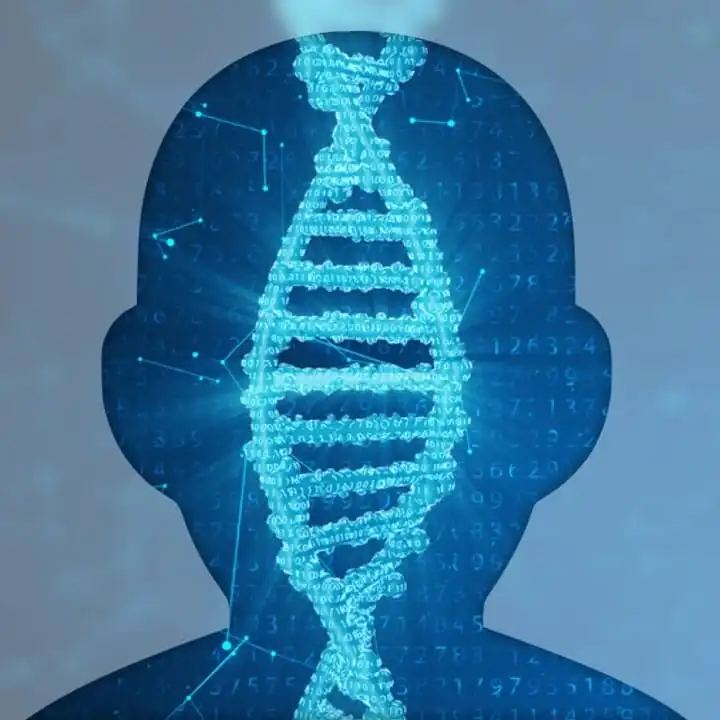What is Non-Centromeric 18p Deletion syndrome?
18p deletion is a rare genetic syndrome is a deletion syndrome that presents with birth defects, intellectual disability, and developmental delay. The severity of the syndromes depends on the size of the deletion. For reasons that are as yet unknown the syndrome tends to affect females more commonly than males.
There are two forms of the syndrome- centromeric and non-centromeric, and the type of deletion affects the type.
What gene changes cause Non-Centromeric 18p Deletion syndrome?
Non-centromeric 18p deletion is caused by a deletion of the short arm of chromosome 18. When this break does not include the centromere.
What are the main symptoms of Non-Centromeric 18p Deletion syndrome?
Symptoms may vary widely between individuals but the main symptoms of the syndrome include short stature, low muscle tone, and learning difficulties. Some individuals also struggle with communication and language development. A susceptibility to tooth decay and drooping of the upper eyelids is also common.
Other unique facial features of the syndrome include a flat and broad nasal bridge, a wide mouth, a short philtrum, and a small chin with low-set ears and a low hairline.
A small number of affected individuals have holoprosencephaly, which occurs when the two hemispheres of the brain fail to separate during in-utero development. The condition is serious and in most cases life threatening.
Recurrent ear infections are a common symptom with subsequent hearing loss also reported.
Other symptoms include chronic constipation, hernias, and issues with the spleen.
Affected individuals also seem to be more susceptible to anxiety disorders, as well as communication disorders and conditions related to motor skills delay.
How is it diagnosed?
To find out if someone has a diagnosis of Non-Centromeric 18p Deletion syndrome, it is important to have a consultation and evaluation with a clinical genetic specialist. Specialists may also suggest specific genetic testing or other types of tests to help reach a diagnosis. FDNA’s AI technology can help speed up the diagnostic process by analyzing facial features and other health information.
